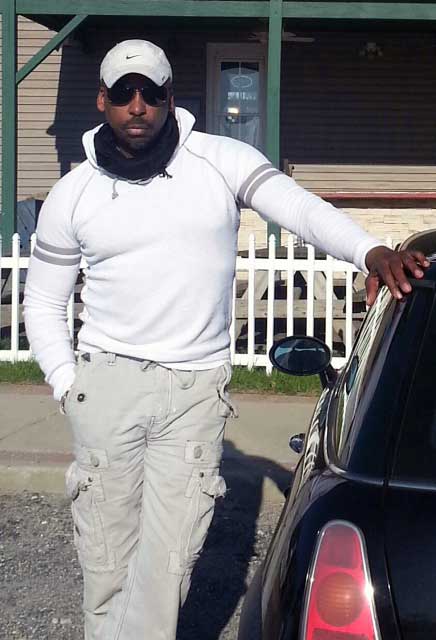Art and Culture
Artist’s paintings on display at Underground Railroad museum

Lewis’ feelings about his own work caused him to give up painting for more than two years, doing only illustrating work. (File Photo: E.B. Lewis/Website)
FOLSOM, N.J. — E.B. Lewis had already earned world-class artist status and illustrated more than 50 children’s books when he came to the realization in the late 2000’s that he didn’t think of his work as important or valuable.
Lewis’ feelings about his own work caused him to give up painting for more than two years, doing only illustrating work.
Since Lewis, 61, returned to painting, he has tackled one significant job after the other, including illustrating a 2016 book about civil rights leader John Lewis, titled “Preaching to the Chickens, the Story of Young John Lewis.”
One of the biggest projects of the Folsom artist’s life can be seen inside the Niagara Falls Underground Railroad Heritage Center in Upstate New York, which had its grand opening earlier this year.
“It was an amazing opportunity,” said Lewis, who added he didn’t believe the offer was real at first. “I didn’t know what the scope of the work was. I just knew it was an opportunity to do some more painting. … It was quite the undertaking.”
The centre, the first new cultural attraction in more than 35 years in the city, is a museum that reveals authentic stories of Underground Railroad freedom seekers and abolitionists in Niagara Falls.
Lewis’ art for the centre required him to create more than 100 watercolour paintings that were turned into animated films that play as visitors interact with the museum.
Actor Keith David, who has won three Primetime Emmy awards for voice work, supplied the narration for Lewis’ images.
Ally Spongr, director, curator and one of the centre’s project managers, worked with Lewis and was one of the people who decided he should tackle the project after receiving a recommendation from the Massachusetts-based Richard Lewis Media Group, who is not related to E.B. Lewis.
“We wanted to have a blend of a historical feeling of authenticity, but also be able to feel fresh as well,” Spongr said. “As soon as they showed E.B.’s work, his portfolio, to us, we were immediately on board.”
One of the stories Lewis was hired to illustrate was the tale of the Cataract House Hotel. Established in 1825, the largest hotel in Niagara Falls, it employed an entirely African-American wait staff, who lived double lives by openly serving hotel guests and secretly helping freedom seekers cross the Niagara River into Canada. The hotel was destroyed by fire in 1945.
“Many of the waiters who aided them in their escape were runaway slaves themselves. The owner of the hotel knew this, and he basically turned a blind eye,” Lewis said. “They became my heroes, these unsung heroes.”
Lewis has been to openings of his work previously, but the opening of the centre in early May was something he never experienced.
Over the course of three days, Niagara Falls mayor Paul Dyster, dignitaries from various parts of New York and Washington, D.C., and U.S. senators came by and rapper and musician Wyclef Jean performed, Lewis said.
“This was a gallery show on steroids, when you know you have done a body of work that will be in existence for my grandchildren and great-grandchildren and so on and so forth,” Lewis said. “It is something where I was able to put a footprint in this story, our story.”

